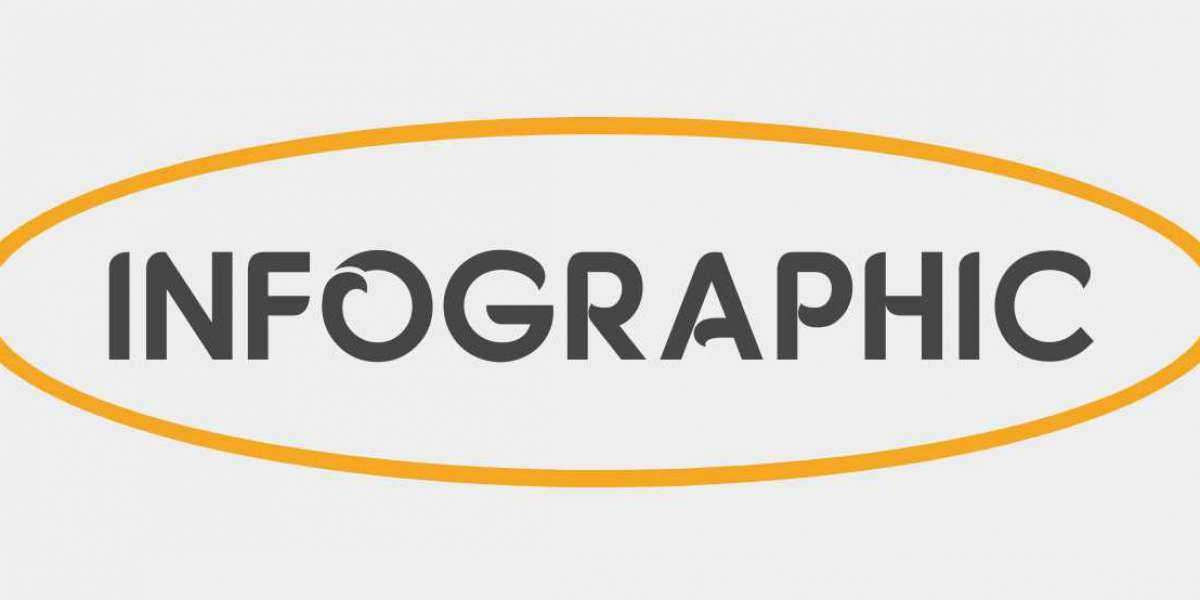The global thermal printer market has experienced significant growth in recent years, driven by the rise of retail, e-commerce, logistics, and healthcare industries. These printers, which use heat to produce images on special thermal paper, are favored for their speed, low operating costs, and minimal maintenance requirements. As technology continues to evolve and business needs shift toward efficiency and automation, thermal printers are becoming essential tools across many sectors.
Market Overview
The thermal printer market can be broadly segmented into direct thermal and thermal transfer printing. Direct thermal printers use heat-sensitive paper and are ideal for short-term applications such as shipping labels, receipts, and tickets. Thermal transfer printers, on the other hand, use a heated ribbon to produce durable prints, making them suitable for asset tagging, inventory labeling, and other long-term labeling needs.
In 2024, the market value for thermal printers was estimated at over USD 45 billion, and it's projected to grow steadily at a compound annual growth rate (CAGR) of around 5–7% through 2030. This growth is largely attributed to their increasing adoption in logistics and warehousing, which demand high-speed and reliable label printing for supply chain management.
Key Market Drivers
1. E-commerce and Retail Expansion
With the rapid growth of online shopping, there's a rising demand for efficient order fulfillment, inventory tracking, and point-of-sale systems. Thermal printers play a crucial role in printing barcodes, receipts, and shipping labels. Retailers and logistics providers prefer thermal printers for their reliability, cost-effectiveness, and ability to produce high-quality prints quickly.
2. Healthcare and Pharmaceuticals
Thermal printing is widely used in healthcare for patient wristbands, prescription labels, and laboratory specimen identification. Accuracy and durability are critical in these applications, and thermal printers meet these requirements by producing clear, smudge-proof labels that last throughout the item’s lifecycle.
3. Cost Efficiency and Minimal Maintenance
Thermal printers have fewer moving parts than traditional printers and do not require ink or toner. This results in lower operational costs and reduced downtime, making them especially attractive for high-volume environments.
Market Challenges
Despite their advantages, thermal printers are not without limitations. One key challenge is the dependence on thermal paper, which can degrade over time or under high temperatures. This makes direct thermal prints unsuitable for applications requiring long-term durability.
Additionally, the environmental impact of thermal paper, which often contains BPA (a chemical linked to health risks), is prompting a shift toward more eco-friendly alternatives. As regulations tighten, manufacturers are under pressure to develop BPA-free and recyclable materials.
Regional Insights
North America holds a significant share of the thermal printer market due to its advanced retail infrastructure and early adoption of automation in warehousing and logistics. The U.S. continues to drive demand, particularly from the healthcare and transportation sectors.
Asia-Pacific is expected to witness the fastest growth, fueled by the expansion of e-commerce in countries like China, India, and Southeast Asia. Rapid urbanization and the digitalization of supply chains are key contributors to this regional surge.
Europe remains a mature but stable market. The region is focusing on sustainability and compliance, which is fostering innovation in eco-friendly printing materials and energy-efficient devices.
Key Players and Innovations
Leading companies in the thermal printer market include Zebra Technologies, Honeywell International Inc., TSC Auto ID Technology, SATO Holdings, and Brother Industries. These companies are investing in IoT-enabled printers, mobile printing solutions, and cloud integration to meet modern business needs.
Wireless and portable thermal printers are becoming increasingly popular, especially for field operations and mobile sales teams. Integration with smartphones and tablets allows for greater flexibility and responsiveness in dynamic work environments.
Future Outlook
The future of the thermal printer market looks promising, particularly with advancements in smart labeling, RFID integration, and cloud-based printing management. As businesses continue to digitize their operations and seek automation, thermal printers will remain an essential part of the modern enterprise toolkit.
Learn More : https://www.pristinemarketinsights.com/thermal-printer-market-report







